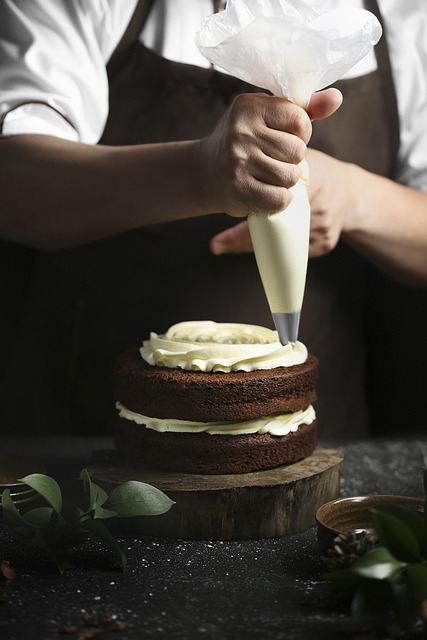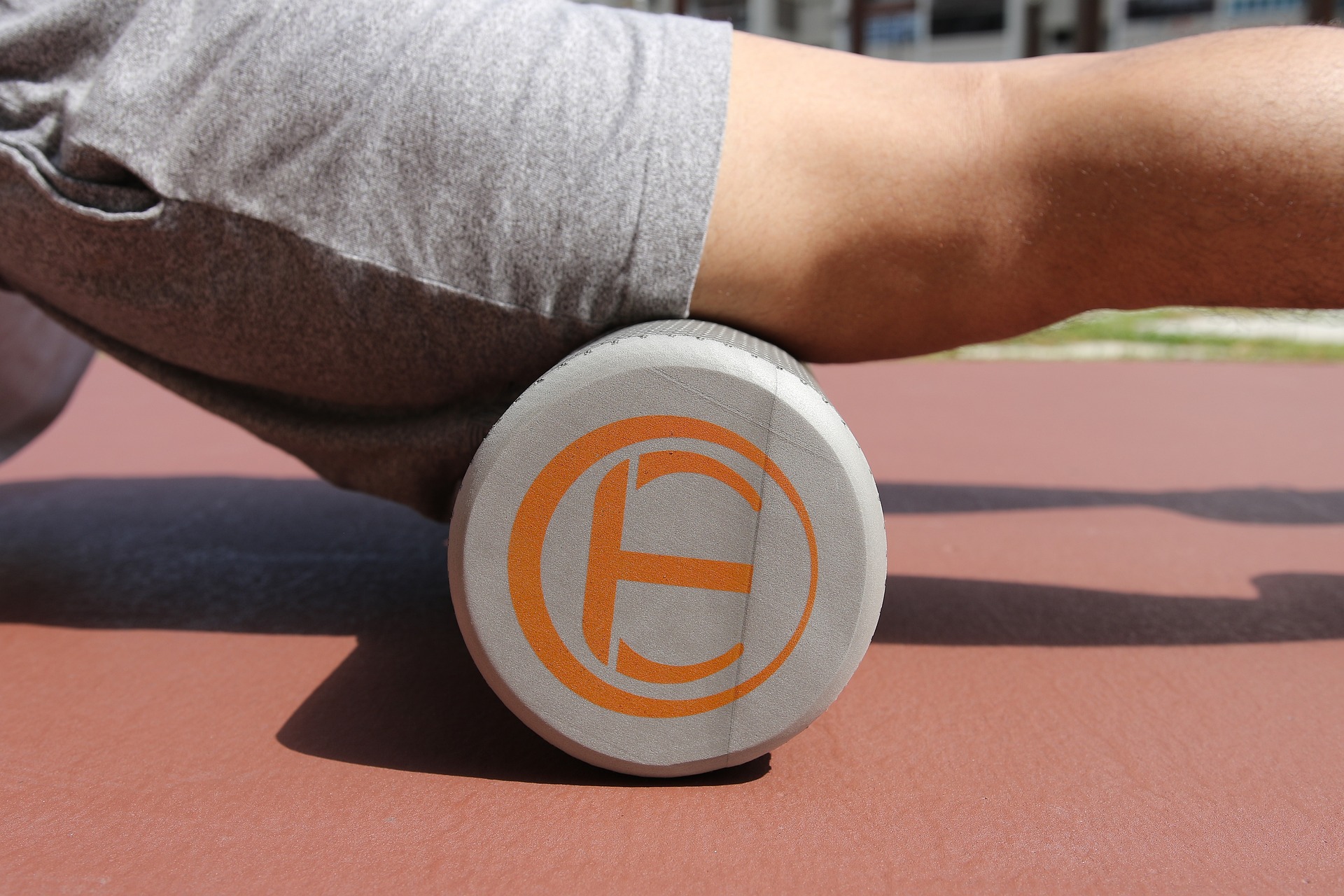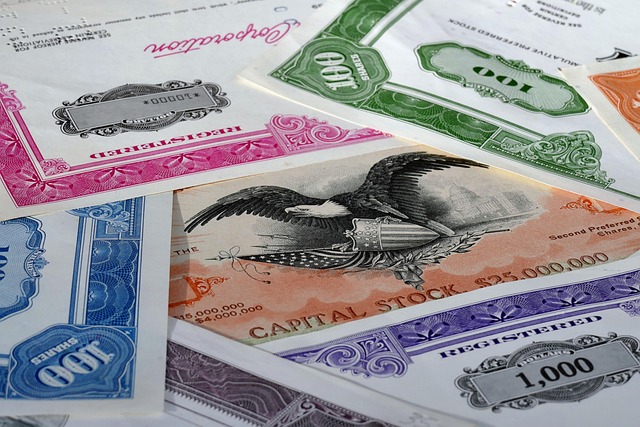Unfolding The Flavors of Central Asian Cuisine
There's a world of flavors waiting to be discovered in Central Asian cuisine. This food culture, a blend of various influences, has been underrepresented in the global culinary scene. Let's dive into the flavors, techniques, and history of this region's cuisine.

The Crossroad of Cultures
Central Asia has been a melting pot of cultures for centuries. Its cuisine is a fusion of Mongol, Persian, Turkic, and Russian influences, each contributing unique flavors and techniques. From hearty meat dishes to refreshing dairy products, the region’s food reflects its nomadic heritage and harsh climate.
Signature Dishes
In Central Asian cuisine, mutton is king. Dishes like Shashlik, skewered and grilled mutton, and Beshbarmak, boiled mutton served over pasta, are staple dishes. Flatbreads are ubiquitous, often used as utensils for scooping up food. For a sweet treat, honey and nuts are often combined in desserts like Chak-chak.
The Art of Tea
Central Asia’s tea culture is unique. Instead of steeping, the tea is boiled, resulting in a stronger and richer flavor. It’s traditionally served in small bowls instead of cups and is often accompanied by dried fruits and nuts.
Fermentation and Preservation
Due to the region’s harsh winters, food preservation is essential. Fermentation is commonly used, resulting in products like Kumis, a fermented mare’s milk, and Shubat, fermented camel’s milk. These beverages are not only nutritious but also have cultural significance in various ceremonies and rituals.
Central Asian Spices and Aromatics
Central Asian cuisine is not typically spicy, but it is flavorful. Onion, garlic, and cumin are common, as well as coriander and dill. One distinguishing ingredient is barberries, small, tart berries that add a pop of flavor to dishes.
Did You Know?
- In Central Asia, guests are often served the best cuts of meat as a sign of respect and hospitality.
- Kazakh nomads traditionally carry a portable kitchen, or Dastarkhan, that includes everything needed to prepare a meal.
- Central Asian flatbreads, or nan, are traditionally baked in a tandoor oven.
Central Asian cuisine, with its rich history and unique flavors, offers a culinary journey worth exploring. As we broaden our culinary horizons, let’s not forget to appreciate the traditions and cultures that have shaped these flavors. So, why not try a Central Asian recipe for your next cooking adventure? Who knows, you might discover your new favorite dish.




